NEW RELEASES |
You will be able to find here news about the latest Volvo scale models which have been announced or just been released. |
|
The number sixty in the Volvo Collection by Editions Atlas is the Volvo Venus Bilo. The Volvo Venus Bilo was a concept car revealed by Volvo in 1933. It was a streamlined design with rear hinged doors and door in the side to access the engine bay. It was designed to have a great loading capacity. Nine specially designed suitcases could be fitted into spaces in the back and a compartment in the right front fender. The left fender contained a spare tyre and tools. A second spare tyre in the rear was used as a bumper. The design was done by Gustaf Ericsson (son of Lars Magnus Ericsson). The body was based on a Volvo PV655 chassis and the coachwork was done by Gustaf Nordbergs Vagnfabrik AB in 1932. This special handmade vehicle of which only one version had been produced had been commissioned by Volvo to test the market for an advanced streamlined car. The car aroused enormous interest, but opinion was divided when it came to its appearance. Series production was never considered, but the Venus Bilo paved the way for the more streamlined bodies of future models. The concept led to the production model Volvo PV 36 Carioca. The fate of the car itself is unknown. After World War II it was sold to a person in Denmark. In the mid-1950s it was owned by a Danish scrapyard owner who rebuilt it into a pickup truck. It was used as late as 1956, but then it vanished.
This is the first time ever that a company has taken the risk developing a mass production replica of this unique Volvo. The main reasons for this are that no blueprints, only four photos showing the car from an angle and a couple seconds of film material exist. This made it pretty hard to recreate an exact replica of the Volvo Venus Bilo.
Source & copyright : Editions Atlas SA, Switzerland
Source & copyright: media.volvocars.com
Short appearance on a film from 1949 when leaving a ferry coming from Denmark:
Source & copyright: youtube.com
Quote from an article published by Volvo
Arrival of the future, in 1935 – Volvo PV36 celebrates its 75th anniversary
Source & copyright : www.volvocars.com
12 Comments
Amazon65
8/25/2015 04:08:14 am
Amazing model! Can't wait!
Reply
Lars DK
8/25/2015 12:11:00 pm
Now 70 numbers => 10 more cars to come...???... :-)
Reply
Patrik Johansson
8/26/2015 12:58:18 pm
Anyone that have any info concerning cars 61-70 in the collection ?
Reply
Per S
8/25/2015 02:02:51 pm
Yes, yes, yes! I am so glad the Volvo Venus Bilo is made at last!
Reply
PerC
8/28/2015 04:10:02 am
This is surely a great choice for a Volvo model. But a question: The wheel rims are in the lighter colour on all (although few) pictures I have found. But on the model they are in the darker colour. Does anyone know if there was such a car?
Reply
volworine
8/28/2015 02:39:40 pm
According to this site, Venus Bilo has been colored blue / yellow.
Reply
PerC
8/29/2015 04:36:40 am
That link was very interesting. Also nice to see the connection between the house and the car.
Reply
Lars F
9/15/2015 03:58:06 pm
Enligt en bok skriven av Nils Nordberg så var Venus Bilo vid premiären -33 lackerad i färgerna "dämpat blått och bengult". Bilen var vid ett besök i Stockholm -47 enbart mörkblå. När min far filmade bilen -49 var den fortfarande mörkblå eller svart. Venus lackerades om ett par gånger till innan den försvann.
Reply
Michelle
9/15/2015 04:35:53 pm
Hej Lars,
Dear Per,
Reply
Lars
8/31/2015 11:10:27 am
Great... Here's my whishes... :-) ...:
Reply
Leave a Reply. |
Nordic Collection
by Skand.com Volvo Collection by Editions Atlas Volvo Truck Collection by Editions Atlas Saab Collection by Editions Atlas DAF Collection by Editions Atlas Police Cars Collection by Editions Atlas Rallye Monte-Carlo Collection by Editions Atlas Ambulance Collection by Editions Atlas Categories
All
NEWS archives
September 2018
|
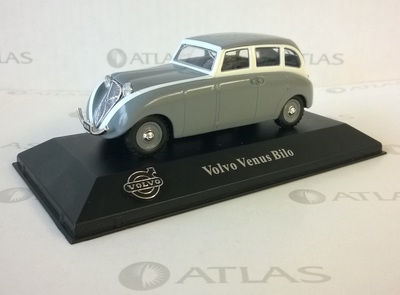
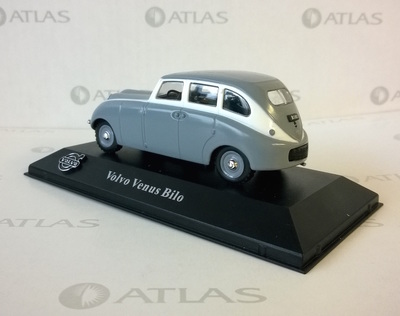
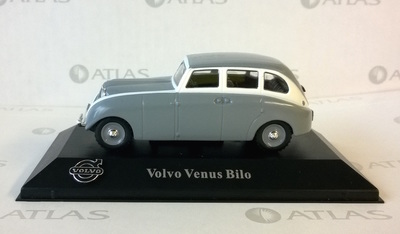

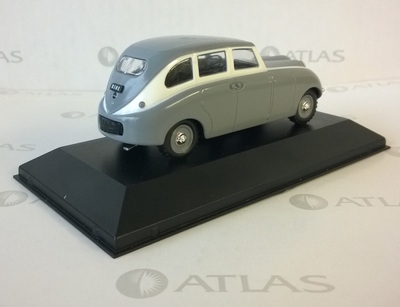
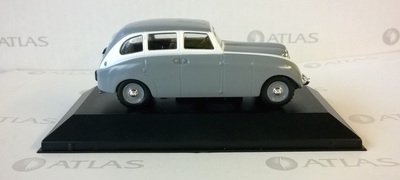

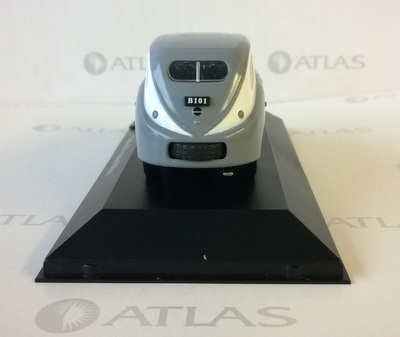
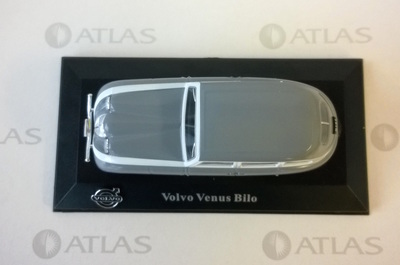
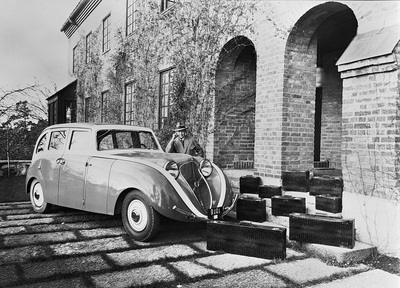
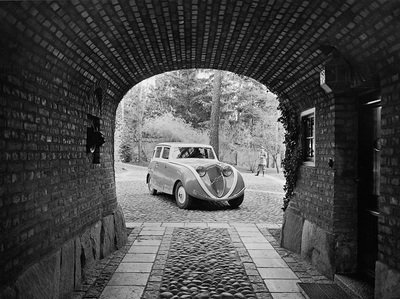
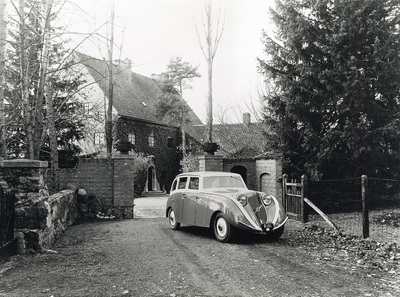
 RSS Feed
RSS Feed
